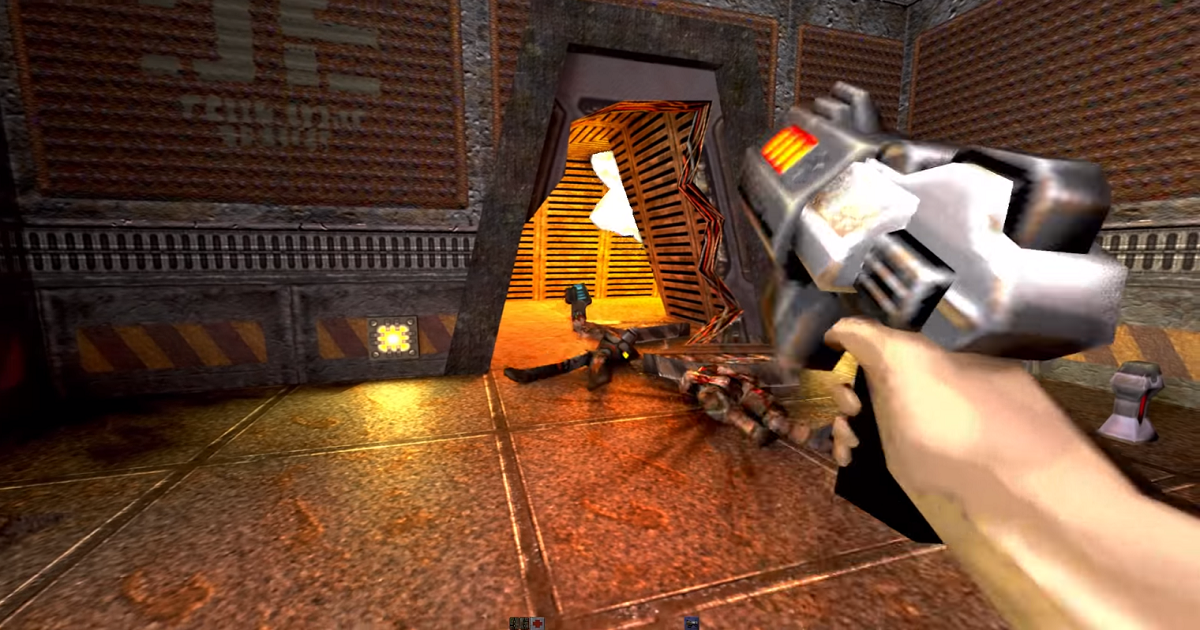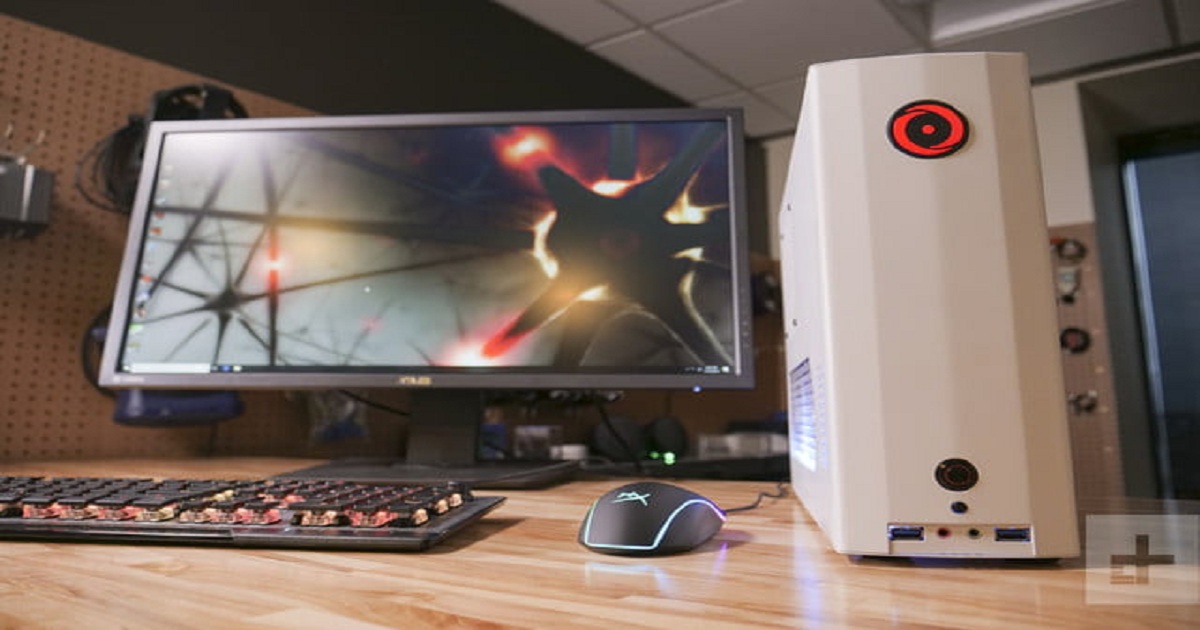
NVIDIA | May 25, 2020
NVIDIA Gaming is still the company's single biggest source of revenue, but data center sales saw a big year.
A great deal of the data center hardware business booked by NVIDIA last quarter was likely planned before COVID-19 came into view.
NVIDIA turned $3.08 billion of revenue, NVIDIA has its work cut out for it if it's going to persuade enterprise-level customers that GPUs are a better fit than CPUs for the data centers.
NVIDIA has been stepping up its data center game for a while now. Last quarter's results indicate the effort has been worth it. Gaming is still the company's single biggest source of revenue, but data center sales saw a big year-over-year jump -- so big, in fact, that NVIDIA could justify pouring more time and resources into the market, now that it's proved it can do well in it. Data centers are the growth engine. For the three-month stretch ending on April 26, NVIDIA turned $3.08 billion of revenue into an adjusted per-share profit of $1.80. The top line was up 39% year over year, and adjusted earnings more than doubled from $0.88 per share in the prior-year quarter.
Both numbers topped analysts' expectations, just as the company's revenue guidance for the current quarter did. That wasn't the most interesting aspect of NVIDIA's quarterly report, however. Far more intriguing was the $1.14 billion in data center technology sales. A year earlier, that figure was a much more modest $634 million. The quarterly tally trails gaming-related sales, which hit $1.34 billion for the first fiscal quarter, but ts data center business is growing much faster than any other segment. At its current pace, data center will overtake gaming as the company's biggest breadwinner. As history indicates, this is a fairly new development.
Learn more: MICROGAMING COLLABORATES WITH INSPIRED ENTERTAINMENT TO ENHANCE GAMING EXPERIENCE
.
“NVIDIA isn't going to abandon gaming in favor of data centers. While Advanced Micro Devices has been stealing some graphics processing market share from NVIDIA, numbers from data tracker Business.”
~ Quant say
News coverage of the numbers broadly suggested coronavirus-related lockdowns meant that companies were forced to improve their remote-work capabilities on the fly, generating demand for data center technology. And to be fair, the contagion likely did spur some fresh, unexpected demand. That's not how data centers usually work, though. A great deal of the data center hardware business booked by NVIDIA last quarter was likely planned before COVID-19 came into view. The launch of the DGX A100 5-petaflop artificial intelligence (AI) system didn't happen until after the quarter began, but it was based on a design that was likely finalized before the COVID-19 outbreak.
“NVIDIA has its work cut out for it if it's going to persuade enterprise-level customers that GPUs are a better fit than CPUs for the data centers , though, NVIDIA can now further prioritize the development and sale of data center technologies. ”
Ditto for Jarvis, an app platform that lets organizations tweak the use of AI in a variety of self-customized ways. It was launched last quarter, but prospective users are still kicking the tires. It can take months to just select and plan a data center's architecture. Enterprise customers didn't simply set up and pay for a data center in a matter of weeks. Ergo, if NVIDIA sold it last quarter, it was a sale that was apt to be set up well before the quarter began. To that end, one can readily see on the graphic above that data center sales had been ramping up for a couple of quarters even before the recently completed quarter got going. NVIDIA isn't going to abandon gaming in favor of data centers. While Advanced Micro Devices has been stealing some graphics processing market share from NVIDIA, numbers from data tracker Business Quant say it remains the clear leader in the graphics processing unit (GPU) market, which is NVIDIA's biggest business. It's a market worth fighting for.
It's also worth noting that despite NVIDIA's data center growth last quarter, it still has only a small fraction of the data center computing market. Intel remains the powerhouse in the arena, leaning on its popular and more conventional data center technology -- based on central processing units (CPUs) -- to generate more than $23 billion in data center hardware revenue last year. NVIDIA has its work cut out for it if it's going to persuade enterprise-level customers that GPUs are a better fit than CPUs for the data centers of tomorrow. Given the sales trajectory, though, NVIDIA can now further prioritize the development and sale of data center technologies. It's proved itself to be a player. It would be time (and effort) well spent. Market researcher Mordor Intelligence reports the size of the global GPU market was just under $21 billion as of last year, but the realization of GPUs as a powerful alternative to CPUs (particularly in AI) leads Mordor to conclude the GPU market will be worth more than $100 billion by 2024.
Learn more:
20 GAMING COMPANIES IN ATLANTA ADDING NEW ELEMENTS TO A DECADES-OLD INDUSTRY
.
Read More

Venturebeat | January 22, 2019
If you want to see the potential of ray tracing, you should look to Quake 2. A new mod called Q2VKPT (Quake 2 with Vulkan path-tracing) is out now that adds real-time ray tracing to the classic shooter. And while Nvidia has turned to cutting-edge releases to hype people up for RTX, maybe it should use Quake 2 instead.In the 3-minute video above, you can see how effective RTX is at bringing a scene to life. White wall lamps reflect off of the floors. Explosions bathe the environment in momentary bursts of orange. And water reflects the entire room around it.All of this next-gen lighting tech is happening in a game that is from 1997. But RTX gives the world a sense of place and reality that looks almost modern. Sure, the enemy models are blocky and under animated, but they look like they are moving through physical space.
Read More

digitaltrends | January 21, 2019
We love giant tower computers. They’re big, bold, absurd, and we frankly prefer our computers to look more like an alien monolith than a useful piece of modern technology. Yet our way of thinking is certainly on the out. Computers continue to shrink in size as they grow in power.Which brings us to the Origin Chronos. The smallest desktop PC in the company’s line-up, the Chronos measures a bit less than a foot tall, four inches wide, and about 14 inches deep. That’s smaller than most A/V receivers, or about the size of Microsoft’s Xbox One X. It offers full-fat performance despite that. Our review unit came packing a Core i9-9900K and Nvidia’s RTX 2080 Ti, surely more than enough to please.Maybe the question is no longer “why should I buy a small desktop?” Maybe it’s now “why should I buy anything but?”
Read More